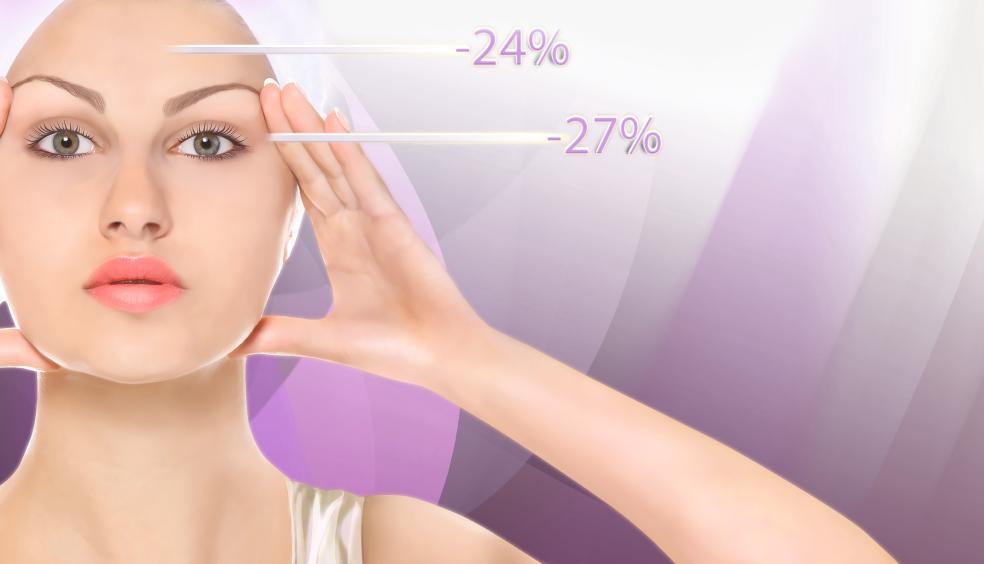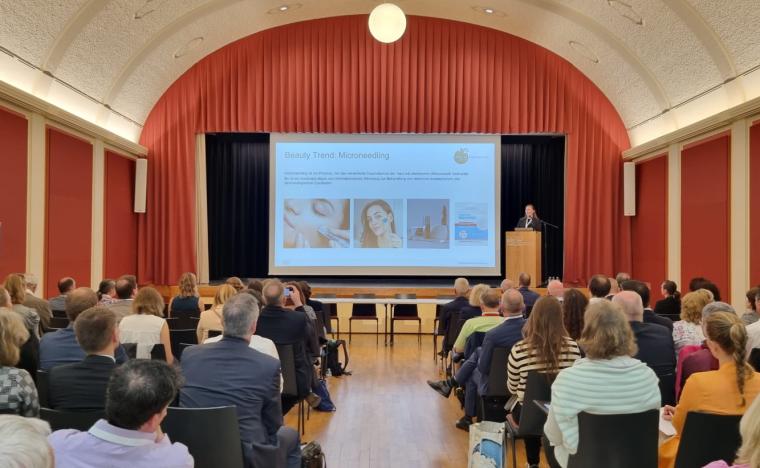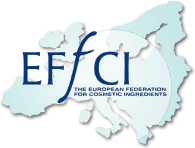Not so sweet: The process of glycation
Glycation is a process where proteins and sugars are cross-linked, it is a major skin aging mechanism.
People with diabetes have increased blood sugar levels because they lack the hormone insulin needed to absorb sugars from the blood into the cells. The consequence of the high sugar concentration is a spontaneous crosslinking of sugars with proteins, a process called glycation. Especially long-lived proteins are involved such as structural collagen. Because affected proteins lose their functionality, glycation at the end leads to prematurely aged skin in diabetes patients. The signs are loss of elasticity, dry skin, decreased microcirculation, and a yellowish skin tone.
But glycation happens also in normal skin. Although much slower because there are less sugars available for reactions with extracellular proteins. During glycation, free amino groups from proteins and reducing sugars, for example glucose, are forming a covalent bond leading to crosslinks of proteins and sugars. This non-enzymatic process is an important part in the frying and bread baking process where it is responsible for the typical browning process. Due to the much lower temperatures in our bodies, the glycation process is much slower, but over many years the effects are also visible in the skin. The crosslinking of collagen and elastin leads to a stiffening of these normally elastic fibers, which reduces skin’s elasticity. Furthermore, the yellow-brownish color of the crosslinks leads to a change in skin tone towards a more yellow appearance. Additionally, these crosslinks lead to constant inflammatory processes. The consequences of glycation are especially detrimental in connective tissues such as the dermis in the skin.
A controlled glycation process can be run in the laboratory by reacting high glucose concentrations with a model protein such as albumin. The crosslinks can be easily detected because they emit a characteristic fluorescence signal. We used this assay to screen many different plant extracts to find a potential natural inhibitor of the glycation process. By far the best results were obtained with an extract of the leaves of Ziziphus spina-christi, an evergreen shrub which predominantly grows in the middle east and which is resistant against dryness and heat. Ziziphus spina-christi is an important symbol in many religions and was used in traditional medicine against numerous diseases. Modern medicine discovered antibacterial, antioxidative and, interestingly, also antidiabetic properties of Ziziphus spina-christi leaves.
A cosmetic ingredient based on an extract of Ziziphus spina-christi leaves was then tested in a clinical study with 28 volunteers. They applied over 112 days on one half-face a cream with 2% ingredient and the placebo cream on the other half-face. Compared to the placebo side, treatment with the Ziziphus spina-christi ingredient significantly reduced crow’s feet wrinkles and measurements of the skin’s auto-fluorescence in the area treated with the active indicated less or even decreased levels of crosslinks compared to placebo area or before treatment respectively. An extract of Ziziphus spina-christi leaves, as our new ingredient GlowAGE™, is therefore a promising new cosmetic ingredient to prevent glycation and to protect skin from a major aging factor.
Find out more about GlowAGE™ here.










